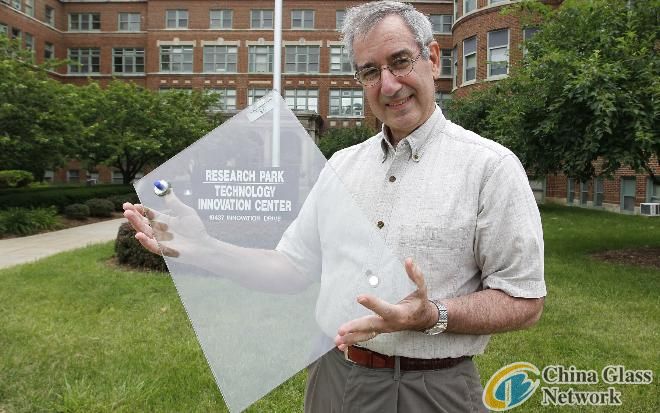Post Time:Jul 17,2013Classify:Industry NewsView:430

When Pewaukee entrepreneur Peter Petit looks at a window he doesn't just see a piece of glass, he sees the future.
The vacuum-insulated window glass designed by the founder and chief executive officer of V-Glass LLC won the advanced manufacturing category in the 2013 Wisconsin Governor's Business Plan Contest last month.
This new window design aims to reduce the amount of heat lost through traditional windows in homes. About one-third of the average home's heat loss is through windows and doors, according to the Natural Resources Defense Council.
Petit founded V-Glass in 2008 with an eye on helping reduce energy use by developing a product that is more efficient, but no more costly, than the current industry standard, double-pane glass.
"The prototype has shown to be five times better at insulating a home than double-pane glass," Petit said.
Vacuum glazing on window glass isn't new. Japanese glass manufacturer Nippon Sheet Glass offers a product called Spacia vacuum glazing, but it's four times as expensive as traditional window glass, it can crack in cold-weather climates and offers only half the insulating value of V-Glass, according to Petit.
"There's no market for something that costs $22 per square foot," Petit said.
The Marquette University graduate and former employee of General Electric, Siemens and Allis-Chalmers knows the product is a long way from becoming the standard in the market, but if it does, Petit believes it can offer drastic energy savings.
"If this glass was ubiquitous, we could save 5% of the total U.S. energy use," Petit said.
While the goal is to have the product on the market in 2016, a few challenges remain.
The glass works similar to a standard Thermos bottle. Two panes of glass are sealed at the edges, with glass spacers as thin as a human hair keeping the two panes from touching. A low emissivity — or low-E — coating lowers radiation heat loss and the vacuum eliminates conduction and convection heat loss.
But the edge seal and spacers need to be perfected if the product is going to make the jump to the average home.
Petit is developing and testing a metal foil seal along the edge of the glass, but he needs to show the vacuum inside the glass can last for over 30 years.
The spacers between the two panes of glass must also be small enough that they are not visible from more than a few feet away.
The Lawrence Berkeley National Laboratory in California is helping to test the design to make sure it can provide the efficiency required under current and future Energy Star guidelines.
V-Glass plans to use Wisconsin's window industry infrastructure to help get the product to market.
Instead of building its own windows, V-Glass plans to sell primarily to large window companies, which do the work of incorporating the glazing into a window frame.
"This is a low-risk business model," Petit said.
V-Glass is working with Cardinal Glass and Marvin Windows and Doors, which both serve residential customers internationally.
"Wisconsin offers a strong base with 'Window Alley' near Wausau," Petit said, referencing the large number of manufacturers in the area, including Cardinal's factories in Spring Green and Tomah.
Petit plans to provide a product that can remain affordable and offer a lucrative profit margin for both V-Glass and window companies, all while giving residential customers a better value than what is available now, without the need for tax credits.
Source: http://www.jsonline.com/business/new-vacuum-insulaAuthor: shangyi